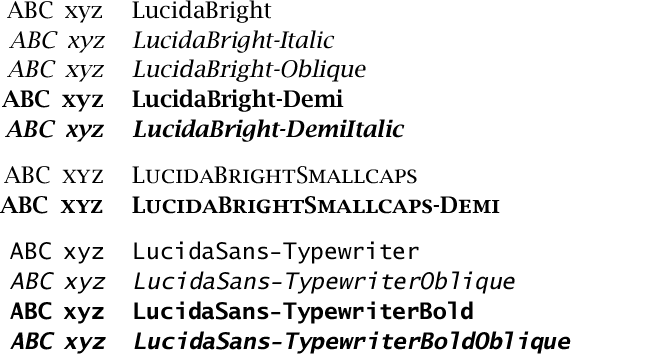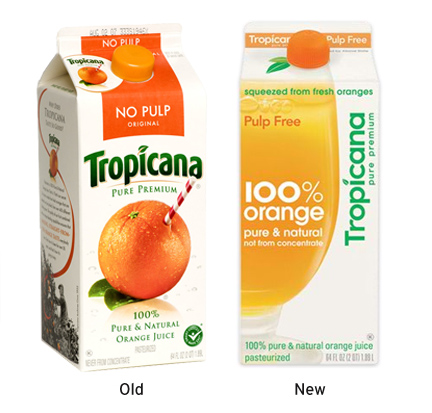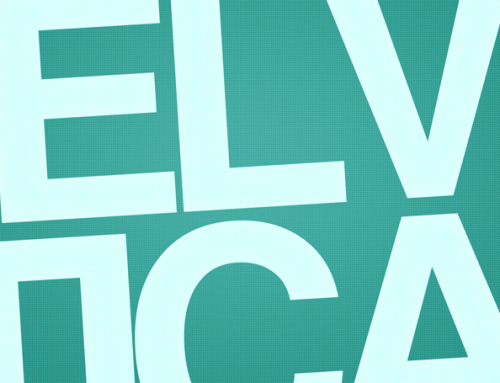In the widely-digital landscape of the world today, consumers are more conscious of typography and other design elements than ever before. In his documentary, Helvetica, Gary Histwit discusses the many different ways that font affects our lives, and why typography is becoming more and more powerful across the globe.
When working with almost any design/marketing agency, it is increasingly important to understand how fonts work and how valuable they are to a complete design. Your designer should help guide you in the right directions, but you can better communicate your needs by gaining a better understanding of typography.
The Difference between a Typeface and a Font
One of the most common mistakes in this area of design is the misuse and interchanging of these two terms. It is important to understand that a typeface is actually just one individual piece of a font. Fonts refer to an entire grouping of similar typefaces. For example, let’s look at a common font called Lucida.

As you can see, there are many different typeface variations within the primary font, Lucida. Each typeface offers its own unique set of characteristics, but still resembles the main font. Understanding many different typeface choices is an important step in the development of a designer.
Important Font Terms
Due to the massive amount of fonts available today, no individual designer will ever know every font out there. However, knowing the important terms in the font world provides a foundation for understanding all fonts in general.
Serif refers to a slight projection at the tail-end of a stroke, typically found on the bottom of letters. Many refer to these projections as “little feet.” They help the eye flow through sentences more easily. Sans Serif, on the other hand, is the opposite of the Serif font and has no “little feet.”
Script is a popular font type known for presenting a professional and light appeal. Diplomas, certificates and other formal designs/documents use this font type. It does not, however, work well in small areas or paragraphs of copy.
Display, widely-used on promotional materials such as banners and posters, grabs attention and provides emphasis in specific elements. It is not the right choice for long copy.
Hand Lettering refers to family of different font types that include hand-rendered elements or characteristics. Whether the font looks like it has been written by a child or by a teacher on a chalkboard, these fonts can supply a human element to a design.
Why it Matters
For some, it is hard to believe that small changes in different font types can actually have a significant impact on a design or marketing campaign. Does font choice really change consumer behaviour?
The answer is yes, and it has been proven time and time again. PepsiCo’s Tropicana brand provided one great example of the importance of font choice during their rebranding decisions in 2009.
Take a look at the font choice the company made with the “Tropicana” name. They changed from a classic font type to a more contemporary, sans serif-style font. Just two months after this change, Tropicana sales were down by an unheard of 20 percent! This font choice may have cost the company tens of millions of dollars. The company quickly cancelled the new look.
Even the tiniest of details can mean the difference between success and failure in the design world. Professional designers play an extremely important role in helping companies gain market share and avoid promotional mistakes.






Leave A Comment
You must be logged in to post a comment.